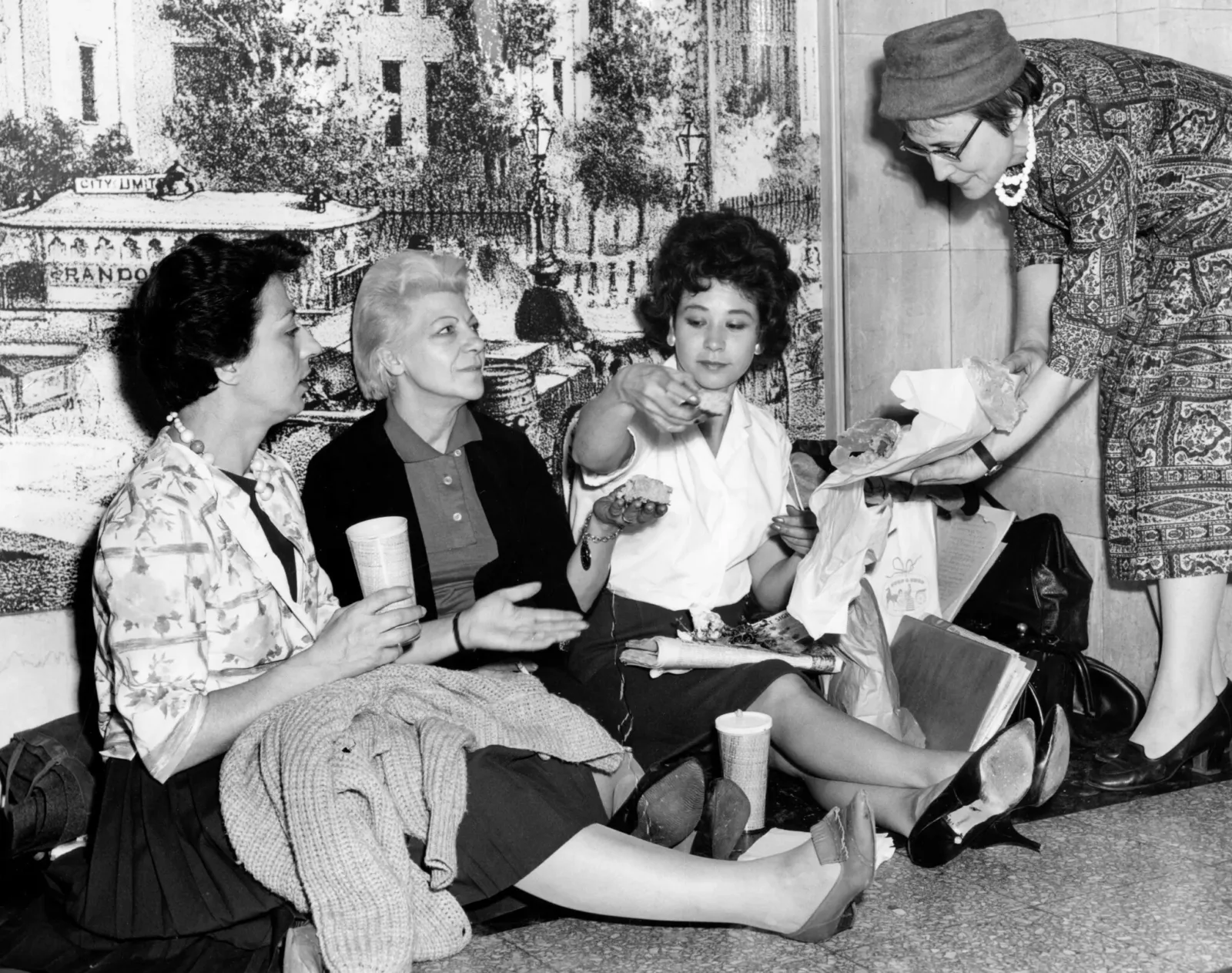Class Description
“Fishwives and crazies”—a term that became a badge of honor. A phrase men in power called female activists on Chicago’s Near West Side.
This is a class filled with diverse narratives. Stories of urban renewal, public housing, super highway construction, and the battle over UIC. Stories of race relations, cultural exchange, and challenges to the Daley Machine. Here are the tales of Italian, African American, Mexican, and Puerto Rican residents who sought to revitalize their neighborhood and protest against powerful business interests in the Loop and City Hall. Many of these stories are about women, like Florence Scala, who created grassroots democratic and multiethnic organizations to save their way-of-life. Chicago’s Near West Side was transformed in the years between 1937 and 1965. This class explores the consequences for working-class people living in one of Chicago’s most notorious and vibrant immigrant neighborhoods.
Dr. Chris Stacey has taught Chicago history at DePaul University and the University of Illinois Chicago. Since 2021, he has presented a series of virtual public lectures on the history of Chicago and has taught several courses at the Newberry.
Materials List
Required
- Carolyn Eastwood, Near West Side Stories. Lake Claremont Press, 2002. ISBN: 978-1893121096 (Please Note: This book is out of print, but the full text is available for free on the Internet Archive, and copies are available at the Chicago Public Library. You can also find used copies for sale at online stores like AbeBooks.)
First Reading
- Please read for our discussion of the people who lived on the Near West Side the following: The Jewish Neighborhood, pp. 19-33; the Italian Neighborhood, pp. 105-119; The Black Neighborhood, pp. 201-15; and the Mexican Neighborhood, pp. 265-281, in Near West Side Stories.
Cost and Registration
4 sessions, $200 ($180 for Newberry members, seniors, and students). Learn about becoming a member.
We now offer our classes at three different price options: Regular ($200), Community Supported ($190), and Sponsor ($210). Following the models of other institutions, we want to ensure that our classes are accessible to a wider audience while continuing to support our instructors. You may choose the price that best fits your situation when registering through Learning Stream.
To register multiple people for this class, please go through the course calendar in Learning Stream, our registration platform. When you select the course and register, you’ll be prompted to add another registrant.
Support the Newberry
Your generosity is vital in keeping the library’s programs, exhibitions, and reading rooms free and accessible to everyone.
Make a Gift